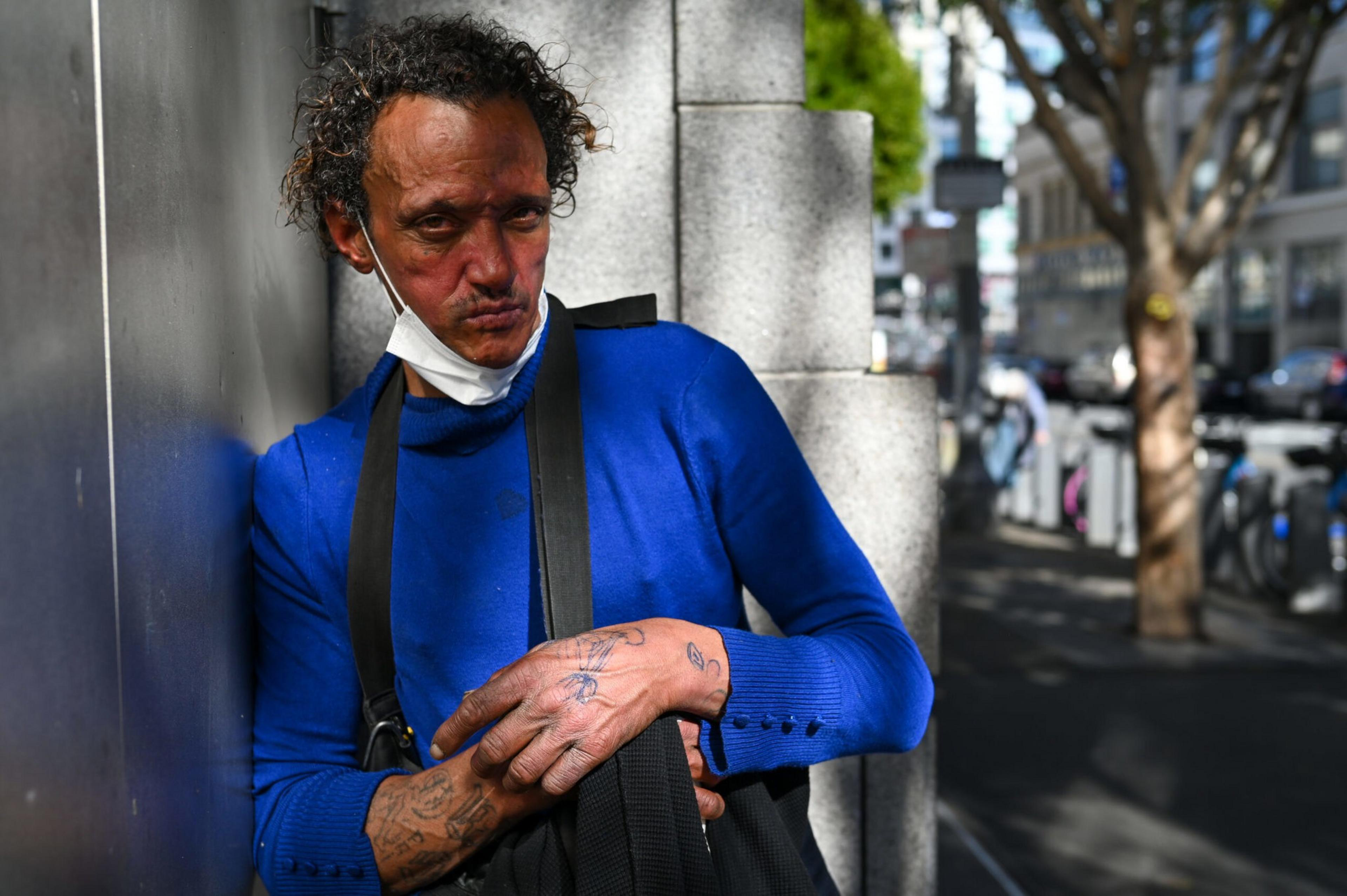A new proposal would force San Francisco to provide shelter for all of its homeless residents, paving the way for officials to enforce laws that restrict sleeping on the streets. But given the hurdles that shelter openings have faced in the past, execution of Supervisor Rafael Mandelman’s idea is a monumental task that may take years to even begin.
The legislation would require the Department of Homelessness and Supportive Housing to work with the Controller’s Office and the city’s real estate office to secure enough sites to shelter the city’s entire homeless population. Officials haven’t released an official homeless count since 2019, but the most recent estimate counted 8,035 total people experiencing homelessness, including 5,180 who had no shelter. The shelter system is currently providing beds for 1,736 people, according to a city dashboard (opens in new tab).
If passed, the success of Mandelman’s proposal may hinge on the city’s ability to navigate longstanding challenges around opening shelters and gathering data on the homeless population, including the often-controversial neighborhood outreach process, hesitancy among unsheltered residents and costs associated with providing adequate services.
Mandelman first proposed the Place for All legislation in the summer of 2020, but was shot down by fellow supervisors and homeless advocates who argued that it would divert resources from permanent housing. He introduced the legislation again on Tuesday with two alterations and the support of four fellow supervisors: Matt Haney, Myrna Melgar, Gordon Mar and Catherine Stefani.
“We know that we do not have sufficient shelter to meet the needs of our community,” Emily Cohen, a spokesperson for the Department of Homelessness and Supportive Housing, said in a statement. “We look forward to reviewing the updated version of the Place for All proposal.”
Mandelman changed the proposal from its first version to require that no more than 20% of the shelters are tent spaces, and that the city use data portals to keep track of outcomes such as exits from shelter to permanent housing.
Under the legislation, the Department of Homelessness and Supportive Housing would have 36 months from its enactment to quantify, locate and provide the shelter units—half of which must be private rooms.
Outside of this legislation, Mandelman acknowledged that the city must expedite the process of opening shelters. He suggested that crime and open drug dealing around shelter facilities would decrease if the homeless population was spread out in more areas of the city.
“Neighbors are fearful that shelters will actually attract more homelessness to their neighborhood, and the city has had mixed success in avoiding that because we have such a shortage of shelter,” Mandelman said. “I think there are some challenges with our approval process.”
Most of the city’s existing stock of shelter–which spans emergency shelters, transitional housing, and permanent supportive housing–is concentrated in and around the Tenderloin and South of Market areas, according to a list provided by the homelessness department.
Along with the potential for neighborhood pushback, the legislation may also face distrust among unhoused residents who say they would rather sleep outside than in shared rooms in a more restrictive environment.
“We’re at a point where living on the sidewalk is more habitable than living in some of the shelters,” said an unhoused resident named Charles Pitts. “I’ve just lost faith in all of these systems.”

Michael Willis, who has been homeless since 2006, said that going into a shelter requires compromise, but that it’s often worth it as a place to lay down for the night.
“The downside of a shelter is when a man or a woman doesn’t have his own will to do what he wants in his own home,” Willis said. “But those are the sacrifices when you have to live in an institution.”
Mandelman said that the population of people who want shelter and can’t get it is much higher than the number of people who don’t want it.
“We cannot resolve encampments unless and until we can offer people safe and humane alternatives to be,” Mandelman said. “If they don’t want those places, that’s okay, but they can’t stay where they are.”
